5 of the best series with unexpectedly deep lore
Most of us around here like a game with a good story. Not every game needs a good story to be enjoyable, of course — but it’s always a pleasure when you discover that there’s a lot more going on beneath the surface than might initially appear.
With that in mind, I’ve brought together five favourite series that, while enjoyable in their own right, are even more fun if you take the time to look into their extended lore — or simply observe what’s going on in the games a little closer and draw some of your own conclusions!
Gal*Gun

We begin with Inti Creates’ Gal*Gun series, which we can now finally enjoy in its entirety here in the west thanks to the release of Gal*Gun Returns. On paper, Gal*Gun might sound like silly, comedy fluff — but the more you engage with these games, the more it becomes abundantly clear that the folks at Inti have taken great pains to make the small world in which the games unfold feel as “real” as possible.
Probably the most straightforward way in which the lore achieves this is through the consistency with which the core setting of Sakurazaki Academy is represented. Look through original design documents and concept art and you’ll see that the whole place has been mapped out, even if we only see select parts of it in the games. Gal*Gun 2 provides arguably the best sense of how different areas of the school connect to one another thanks to the more modern tech that powers it, but it’s clear getting the school to feel like a real, coherent place was high on Inti’s priority list. The part of me with unrealistic expectations wants Gal*Gun 3 to be a full-on first-person shooter with free movement and exploration.
But there’s also context, too; as you progress through the series and notice subtle changes, you’ll be able to piece things together. A room known as “The Forbidden Room” in Gal*Gun Double Peace likely has its roots (no pun intended) in a certain event in Kaname’s route in Gal*Gun Returns, for example…
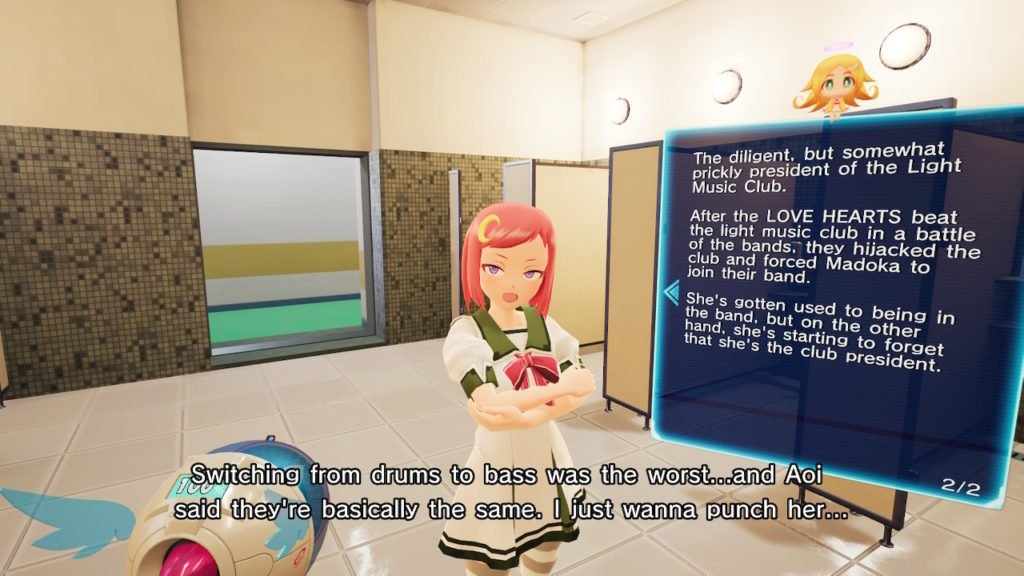
Then there are the characters. While each Gal*Gun game has its own story that is completely self-contained, those who have enjoyed the whole series will be able to get an additional appreciation of the setting and its lore. In Gal*Gun Double Peace and Gal*Gun 2, for example, there’s a statue of Gal*Gun Returns heroine Kaoruko Sakurazaki in the courtyard — and the astute will notice that she shares her name with not only the academy itself, but also things like the brand name on the clocks in all the classrooms. She tells us in Gal*Gun Returns that her family is wealthy and important in the local area, but it’s not until you notice things like this that the scale of what she’s talking about becomes truly apparent.
But it’s not just the main heroines who are fleshed out like this; each and every one of the incidental characters in the game has their own background, personality, character traits and consistency from installment to installment. Characters age and move up in the school (or leave) as the series progresses, and game elements such as Gal*Gun Returns’ Doki Doki Carnival, Gal*Gun Double Peace’s True Love route and Gal*Gun 2’s Rendezvous system allow us to get to know all of these secondary characters a bit better. It’s no surprise that Inti Creates’ Matt Papa cites one of these relatively “unimportant” characters as one of his favourites in the series!
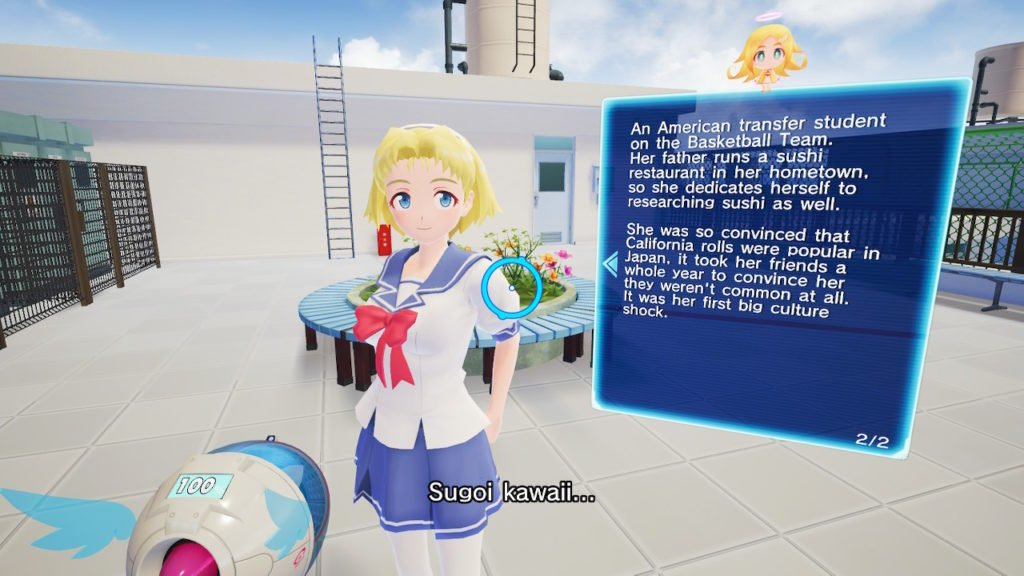
None of this should be a surprise for Inti Creates veterans, since all of their other games have beautifully crafted lore. But a lot of people seem to forget that Gal*Gun is the work of Inti Creates, too — which is a shame, since it’s become arguably one of its most important properties over the years!
Dig Dug
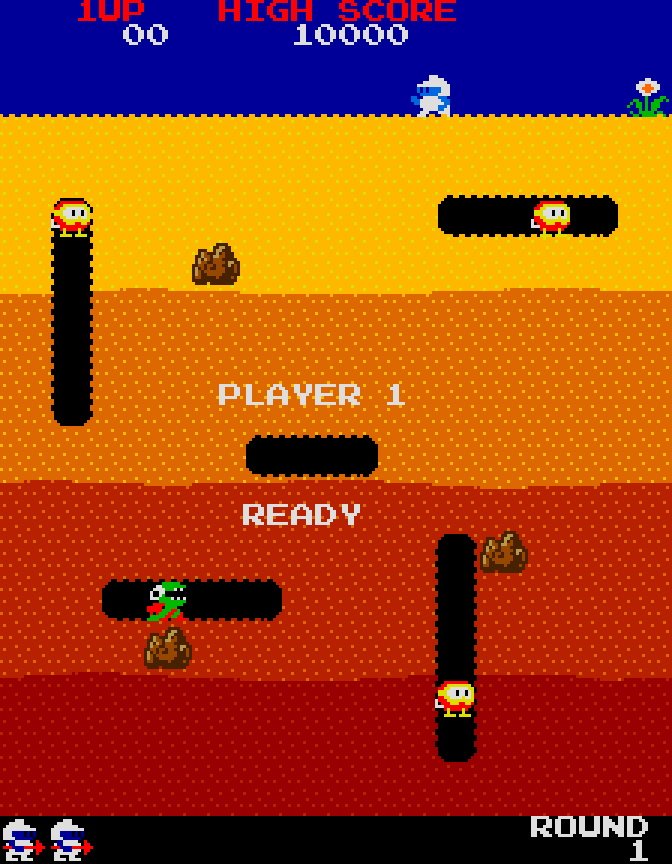
We’re kicking it old school for the next one: Namco’s Dig Dug. Honestly, given the frightening lengths to which Namco has gone to link the lore of a huge number of its classic games together, it was tempting to make this list entirely Namco-based, but I’ve kept it to two — and Dig Dug is my first example, because it’s the game where I first became aware of what is known as the “UGSF Timeline“.
The UGSF Timeline is an official Namco initiative that places 30 games from the company’s history into a coherent narrative universe and unified timeline, beginning with 1999’s futuristic PlayStation flight sim Ace Combat 3: Electrosphere and ending with 1986 arcade title Thunder Ceptor.
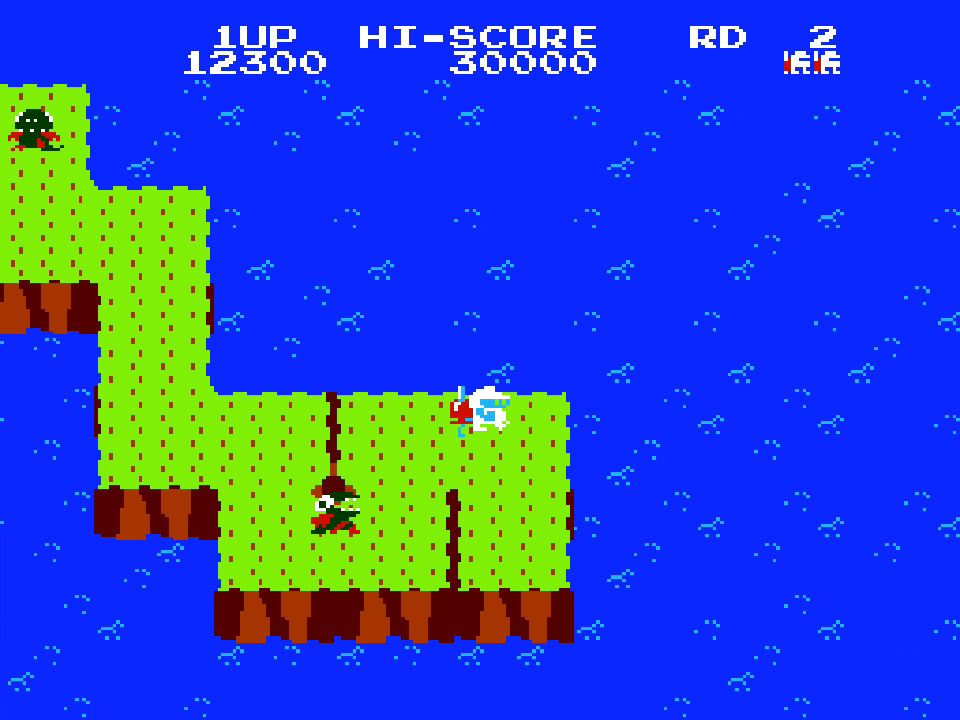
The timeline as a whole tells the story of how humanity established the United Government and United Galaxy organisations — controlled from the shadows by General Resource Limited and Neucom Incorporated for more than a thousand years — and successfully fended off a series of intergalactic invasions thanks to the brave efforts of many different heroes.
Dig Dug fits in to the overall lore a little after the halfway point and stars one Taizo Hori, who is recruited to defend a planet under the United Galaxy’s rule from an underground invasion by monsters. The events of Dig Dug, if you were wondering, unfold 101 years after classic shoot ’em up Galaga and a full 342 years after Ace Combat 3: Electrosphere. Taizo Hori, meanwhile, is the estranged husband of Tobi “Kissy” Masuyo from 1985 shoot ’em up Baraduke, and father of Susumu Hori from Mr Driller.
Aren’t you happy we’re here to fill your head with useless but oddly fascinating trivia?
Ace Combat
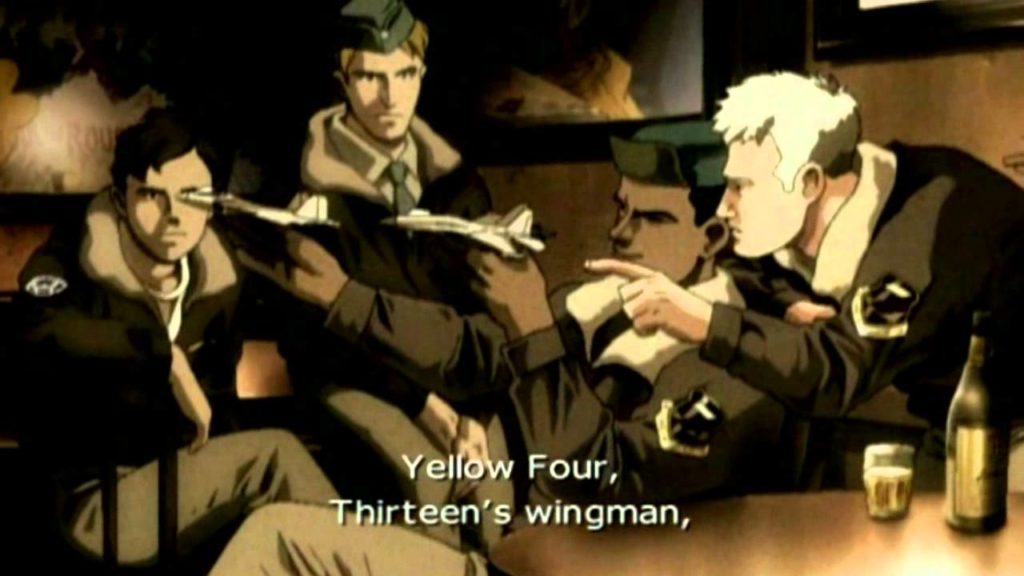
While Ace Combat 3: Electrosphere kicks off the UGSF timeline, most of the rest of Namco’s flight sim series — with a few notable exceptions, such as Ace Combat: Assault Horizon — has its own coherent lore.
Rather than being set in the real world, the Ace Combat series primarily unfolds in an alternate dimension known as Strangereal — an appropriate name, since many of the conflicts depicted in the series have certain parallels with real-life struggles, without directly recreating them. From fourth installment Ace Combat: Distant Thunder onwards, the series makes a real effort to show that the missions you are sent out on are part of an extended campaign rather than self-contained experiences — and over the course of each game, your mute, self-insert player character becomes a legend in their own right.
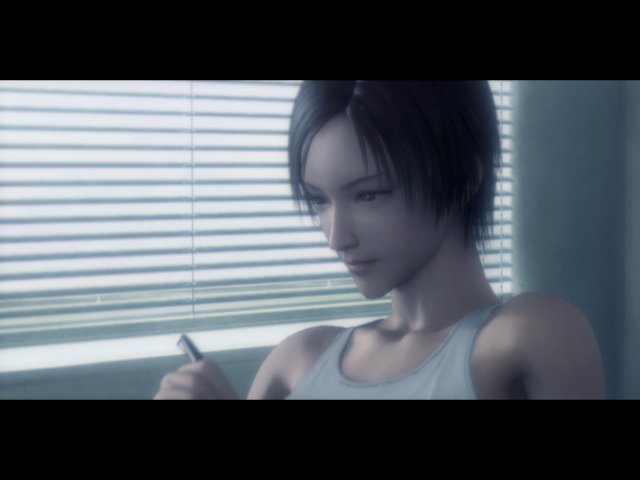
In Distant Thunder, your callsign “Mobius One” becomes a symbol of hope for your people — and a sign of impending doom for your enemies. There’s a particularly memorable scene late in the game where you’re overhearing civilian radio as you fly over a city, and you can hear that combination of hope and fear; it’s an inspiring moment.
Fifth game Squadron Leader takes that to a whole new level, where you and your allies become the embodiment of a worldwide legend — in-game lore! — known as “Razgriz”, believed to be a demon who both destroys and rebuilds.
At various points over the course of the narrative, both sides of the conflict attempt to take control of the Razgriz legend for propaganda purposes, but it’s the bravery and selfless sacrifices of you and your team that allow you to hold on to the title right up until the thrilling conclusion as you shoot down a satellite before it plummets into the middle of a city and kills everyone.
Ace Combat is insane, and I love it.
Rance
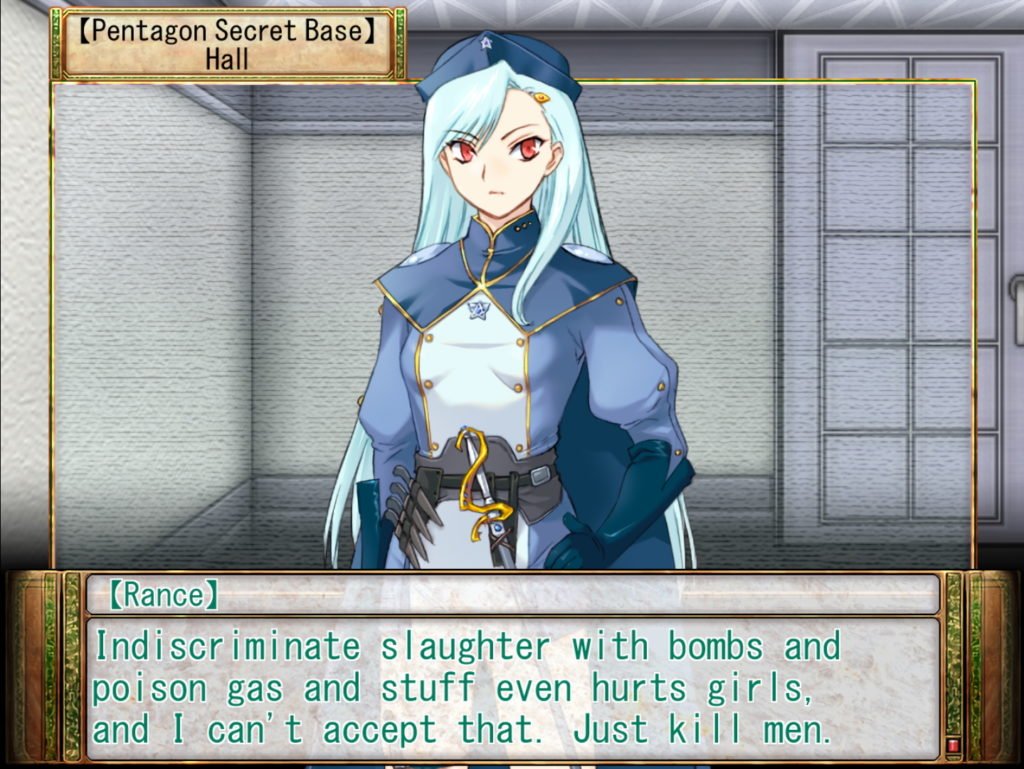
Some people regard Alicesoft’s Rance series as “nukige” — 18+ games where sex is the primary focus — which I don’t think really does it justice. While there’s a lot of erotic (and violent) content throughout, the care and attention with which the series’ writers have crafted the overall setting, the lore and the recurring characters makes it abundantly clear they see this series as much more than simple pornography. And Rance’s continued popularity over the years would seem to back that up, too; this is a series that has been around as long as Final Fantasy, after all.
Fact is, Rance’s setting has been thought about in an astronomical amount of detail, and each installment explores a little bit of it in depth. But there’s also a lot of background lore that simply underpins the series as a whole, even if it’s not necessarily referenced directly or immediately relevant to the main plots of the games. And the combination of absurdity and epic fantasy will particularly appeal to those who enjoy works such as Terry Pratchett’s classic Discworld series.
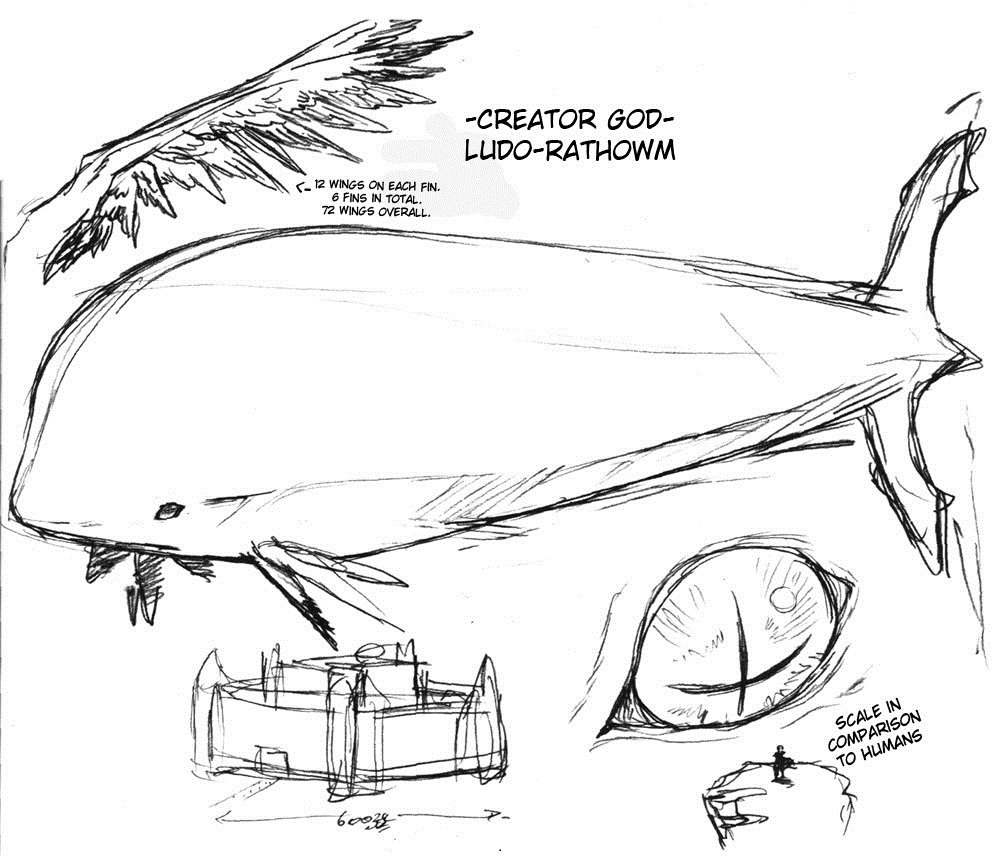
Did you know the world of Rance, known simply as The Continent, was created by a two kilometre long white whale with seventy-two wings known as Rudrathaum — all because he was bored? Or that the “rules” under which Rance’s reality operates are all part of “The Planner Scenario”, an elaborate set of conditions developed by Supreme God Planner in order to entertain said white whale?
That latter aspect of the lore is particularly interesting, because it relates directly to Rance the character. Under The Planner Scenario, most humans are born with an inherent level cap, after which they have reached their full potential and cannot grow any stronger. Rance, however, not only lacks a level cap of his own, he is able to temporarily raise the level cap of others by having sex with them.
Planner initially thought Rance would be a dangerous influence that would completely upset the balance of power in the world, but ultimately decided to allow him to live for the sake of Rudrathaum’s desire to be entertained. Rance is nothing if not an instrument of absolute chaos, after all — and what’s more entertaining than that?
Senran Kagura
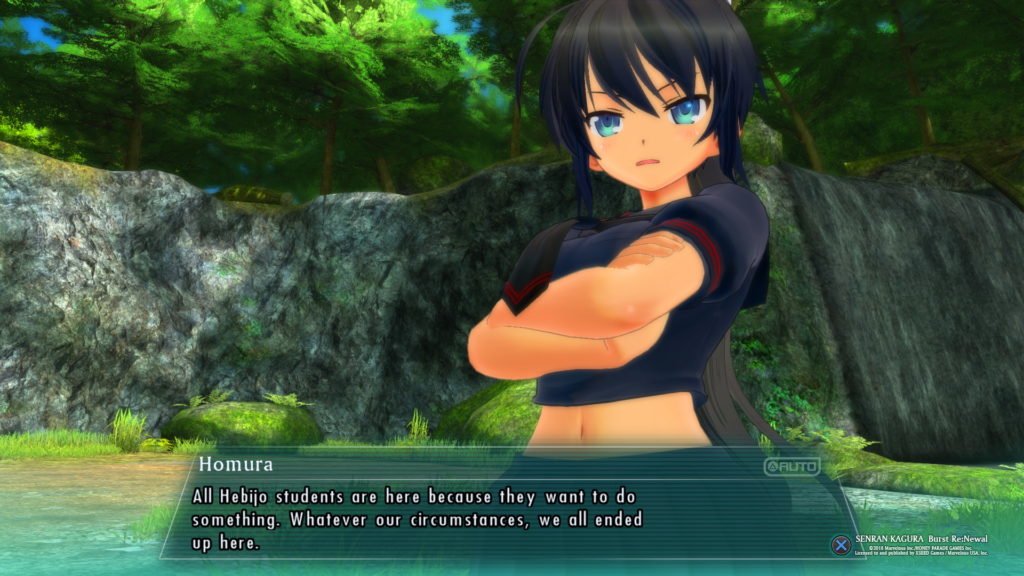
Similarly to how people make assumptions about Rance, so too do people make assumptions about Kenichiro Takaki’s famous series. Of course, at least part of this is down to Takaki himself and his famous “tits are life, ass is hometown” quote — but if you spend any time with the Senran Kagura games at all, it doesn’t take long at all for it to become very clear that Takaki and his team think of the series’ enormous extended cast — and the overall lore — with great affection.
Senran Kagura’s overarching meta-plot is pulled straight from Japanese mythology, with the main “point” of the series being the conflict between humanity and the supernatural forces of the youma. Granted, arguably only two entries in the series (three if you could Burst Re:Newal as a separate game) have really dealt with this directly, but it’s always something that is there in the background — and the friendships the girls form across the boundaries of “good” and “evil” can be looked upon as them defying the seemingly preordained fate they’re all faced with.

In the lore of Senran Kagura, you see, the conflict between “Good” and “Evil” shinobi is primarily used to draw youma out of hiding as a result of the blood that is spilled in these conflicts. This is not something that either the “Good” or the “Evil” shinobi are told at any point; they simply assume they’re on opposing sides. But as the first game in the series shows, once you get to know someone rather than the label that has been arbitrarily applied to them, you’ll discover that things are rarely as simple as they might first appear.
Then there’s the whole “multiple timelines” thing, in which Senran Kagura Burst and Senran Kagura 2: Deep Crimson unfold in one timeline, which promptly resets, causing Senran Kagura Burst to happen again but slightly differently in a second timeline as Senran Kagura Burst Re:Newal and then onwards into the two Versus games before Peach Beach Splash brings the two back together again. Or something. It’s… complicated. And until we get Senran Kagura 7even — if that’s ever going to happen now — we likely won’t get any completely concrete answers!
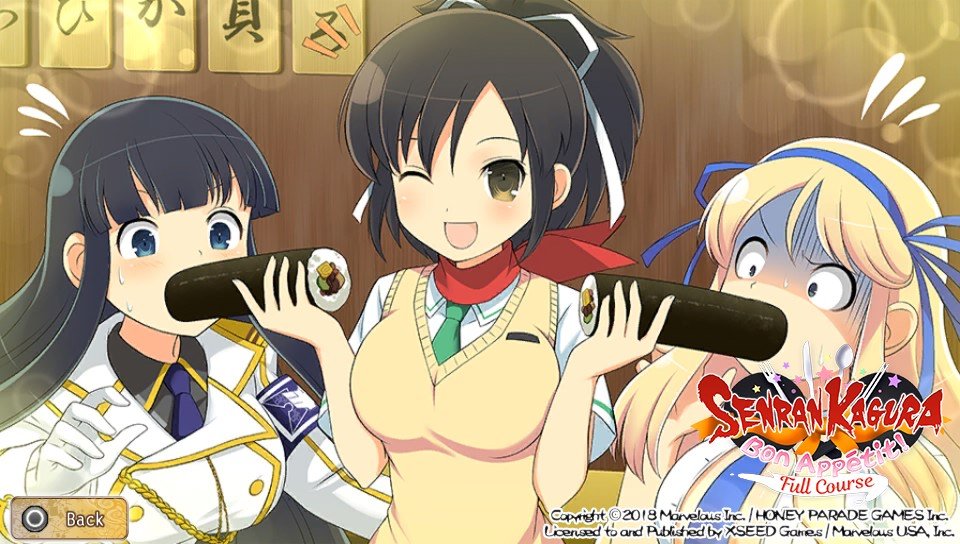
Until we get those answers, Senran Kagura’s existing lore is fascinating to contemplate — and there’s a huge cast of characters to get to know across both the mainline and spinoff titles, each with their own personal backgrounds, too. Should keep you busy until Takaki decides how — or if — he wants to wrap everything up. Because make no mistake; 7even is clearly intended to be one hell of a finale.
What are your favourite series with unexpectedly, underappreciated deep lore? Let us know in the comments or via the usual social channels!
Join The Discussion
Rice Digital Discord
Rice Digital Twitter
Rice Digital Facebook
Or write us a letter for the Rice Digital Friday Letters Page by clicking here!
Disclosure: Some links in this article may be affiliate links, which means we may earn a small commission if you make a purchase after clicking on them. This is at no additional cost to you and helps support Rice Digital!
- Letter from the Editor: passing the torch - June 30, 2023
- Super Woden GP 2 is looking promising - June 30, 2023
- Inti Creates is making a 32 bit-style Love Live action platformer - June 26, 2023






